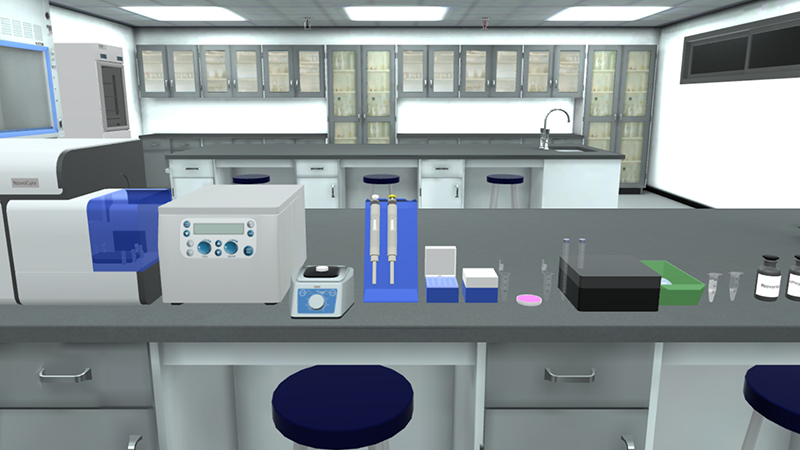





2.5M+
Active Users Worldwide
80%
Improved Learning Retention
60%
Reduction in Laboratory Costs
Cell cycle analysis in the flow cytometry virtual lab.
Propidium iodide stain.
By the end of online flow cytometry experiment, student will learn how:
The potential applications of flow cytometry technique include the detection and measurement of:




